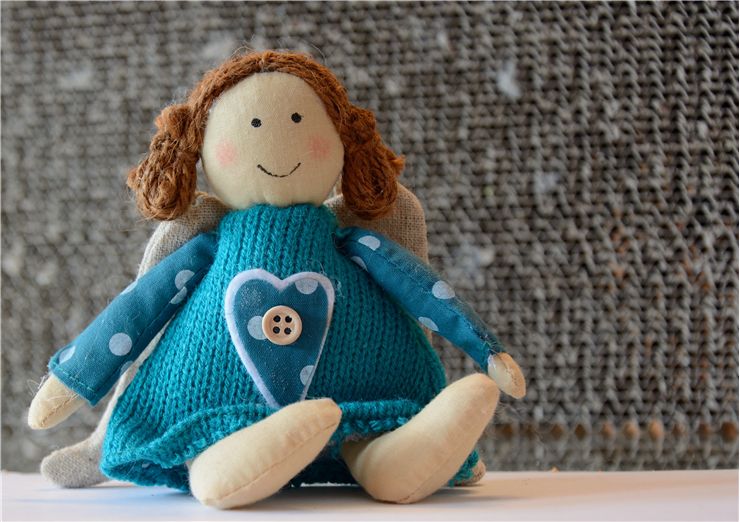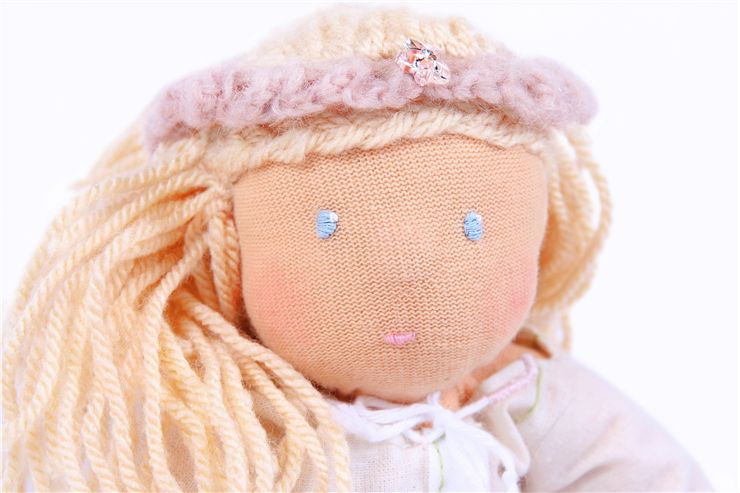Waldorf Doll - Reasons for Waldorf Dolls
Waldorf doll is a doll made of a natural material which was used in Waldorf education. Founded on traditional European technique of making a doll, this doll is made of cotton and wool with a plain face and long hair. On this simple form of doll fingers usually, aren't defined.
Waldorf education was developed in school in Waldorf near Stuttgart in Germany (started in 1919) and was practicing principles of Rudolf Steiner, the founder of anthroposophy, who insisted on various stages of child development. Insisting on the practical and creative play, this school gave a child opportunities for stimulating imagination, so they used a simple doll, Waldorf doll, handcrafted and made from natural materials.

Waldorf doll is also called Steiner doll, and even today word "Waldorf" is used to represents quality for children.
Waldorf doll is puffy, made of cotton fabric and stuffed with wool. She's most noticed by her long hair, which is mohair, boucle and sometimes wool or rayon.
Usually, there's no facial expression, just a wrinkle instead of nose and two dots instead of eyes. This is ideal for developing imagination - while children are playing with it, they could more easily imagine various expressions on this minimal facial features.
Steiner wrote about the importance of sensory experience in early childhood which is obvious when we think how wool stuffing in this doll absorbs the child’s warmth.
Nowadays these dolls are sometimes made also of wood, so they're not so flexible, although they kept the simplicity of face. Natural materials are soft and comfortable to the touch, so they are still popular among children and parents.



